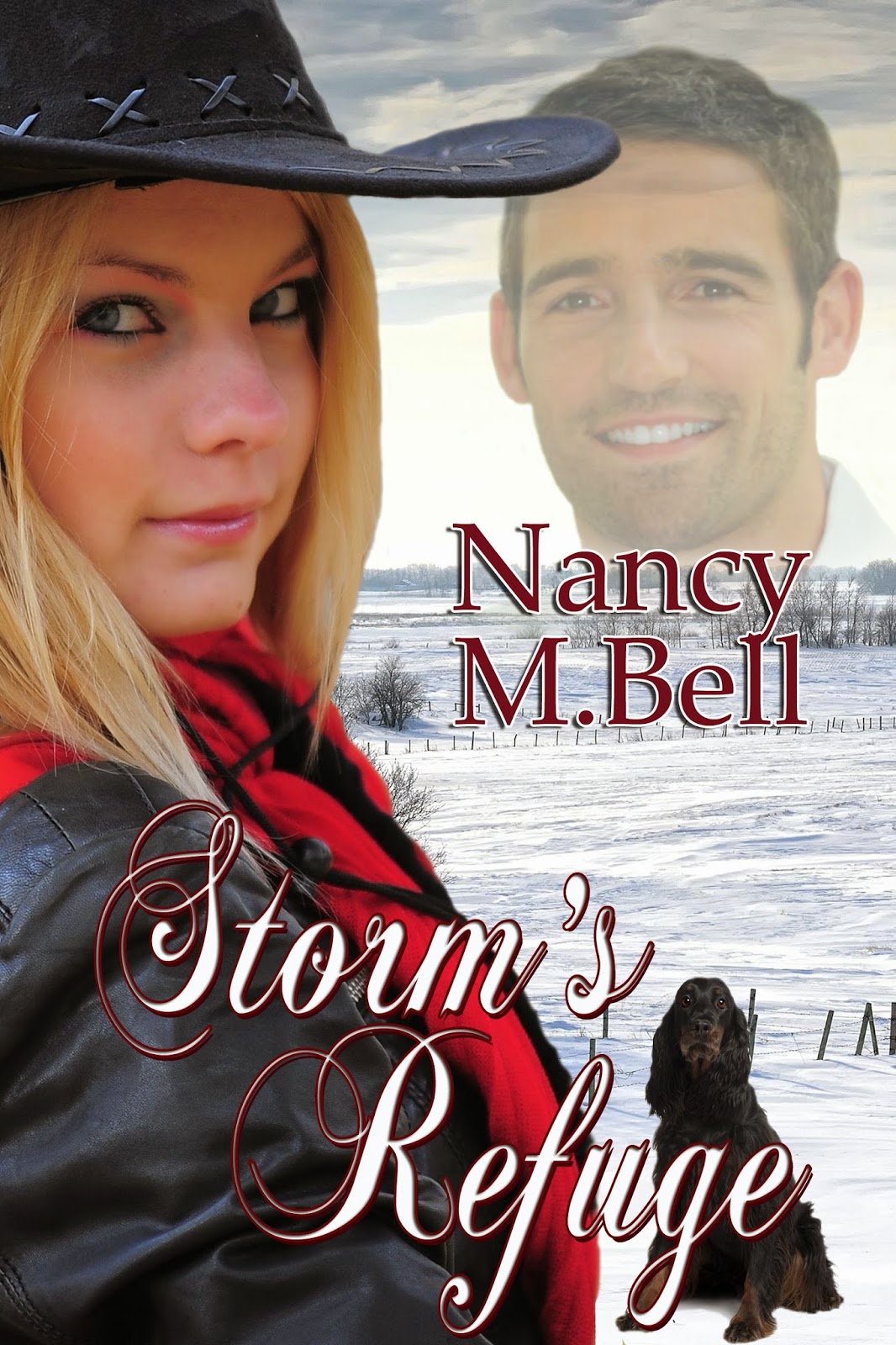 |
| BUY FROM AMAZON |
I was stirred to this topic by sharing a video with my husband about a dangerous plant that is overtaking Michigan. Even touching it can cause blindness or irritating and scarring skin lesions. How scary is that? We have another problem in the South so we don't need a dangerous hogweed attacking us as well. Seems like every state has its "pests."
I recall when we first visited Tennessee, I was so impressed with the different colors of green, specifically the huge vines adhering everywhere. I later learned that "vine" is called Kudzu. I've done a little research...as much as a addle-brained mind can do in my state, and I want to share this interesting information with you. I'm copying and pasting from Wikipedia, so I credit them with the content of this blog.
Kudzu (Pueraria lobata) is a serious invasive plant in the United States. It has been spreading in the southern U.S. at the rate of 150,000 acres (61,000 ha) annually, "easily outpacing the use of herbicide spraying and mowing, as well increasing the costs of these controls by $6 million annually."Its introduction has produced devastating environmental consequences. This has earned it the nickname, "The vine that ate the South."
The kudzu plant was introduced to the United States in 1876 at the Centennial Exposition in Philadelphia. Kudzu was introduced to the Southeast in 1883 at the New Orleans Exposition. The vine was widely marketed in the Southeast as an ornamental plant to be used to shade porches and in the first half of the 20th century, kudzu was distributed as a high-protein content cattle fodder and as a cover plant to prevent soil erosion. The Soil Erosion Service recommended the use of kudzu to help control erosion of slopes which led to the government-aided distribution of 85 million seedlings and government-funded plantings of kudzu which paid $19.75 per hectare. By 1946, it was estimated that 1,200,000 hectares (3,000,000 acres) of kudzu had been planted. When boll weevil infestations and the failure of cotton crops drove farmers to move from rural to urban districts, kudzu plantings were left unattended.
The climate and environment of the Southeastern United States allowed the kudzu to grow virtually unchecked. In 1953 the United States Department of Agriculture removed kudzu from a list of suggested cover plants and listed it as a weed in 1970. By 1997, the vine was placed on the “Federal Noxious Weed List”. Today, kudzu is estimated to cover 3,000,000 hectares (7,400,000 acres) of land in the southeastern United States, mostly in Alabama, Georgia, Florida, and Mississippi. It has been recorded in Nova Scotia, Canada, in Columbus, Ohio, and in all five boroughs of New York City. NOTE From Ginger...let me tell you, it's everywhere in TN, too.
Kudzu is a perennial vine native to Southeast Asia, primarily subtropical and temperate regions of China, Japan, and Korea, with trifoliate leaves composed of three leaflets. Five species in the genus Pueraria (P. montana, P. lobata, P. edulis, P. phaseoloides and P. thomsoni) are closely related and kudzu populations in the United States seem to have ancestry from more than one of the species.] Each leaflet is large and ovate with two to three lobes each and hair on the underside. The leaves have the ability to fix atmospheric nitrogen, which can supply up to 95% of leaf nitrogen to the plant in poor soils] Along the vines are nodes, points at which stems or tendrils can propagate to increase support and attach to structures. As a twining vine, kudzu uses stems or tendrils that can extend from any node on the vine to attach to and climb most surfaces. In addition, the nodes of the kudzu vine have the ability to root when exposed to soil, further anchoring the vine to the ground. The roots are tuberous and are high in starch and water content, and the twining of the plant allows for less carbon concentration in the construction of woody stems and greater concentration in roots, which aids root growth. The roots can account for up to 40% of total plant biomass.
Kudzu’s primary method of reproduction is asexual vegetative spread (cloning) which is aided by the ability to root wherever a stem is exposed to soil] For sexual reproduction, kudzu is entirely dependent on pollinators.
Although kudzu prefers forest regrowth and edge habitats with high sun exposure, the plant can survive in full sun or partial shade. These attributes of kudzu made it attractive as an ornamental plant for shading porches in the southeastern US, but they facilitated the growth of kudzu as it became a “structural parasite” of the South, enveloping entire structures when untreated and often referred to as “the vine that ate the south”.
Not from Wikipedia: As we've driven around looking at houses to buy, I noticed, during the winter besides all the leaves turning brown, the trees are also covered with dormant kudzu. In places they look like giant spiderwebs. I also discovered how many billions of dollars were spent to try to rid the southern states of this rapidly growing plant before it was put on a list of ornamentals to avoid. It was earlier recommend in Georgia as a great growing vine, such as Ivy. Who knew it would completely eat structures? At twelve inches a day, it's no wonder. While you're writing a book, this could happen to your house. :)
Hey...while you're taking time to peruse the blog, why not check out my page at Books We Love?
 |
| Jonathon Van Buren |
Hey...while you're taking time to peruse the blog, why not check out my page at Books We Love?

















.jpg)
.jpg)
.jpg)
.jpg)







.jpg)
.jpg)
















